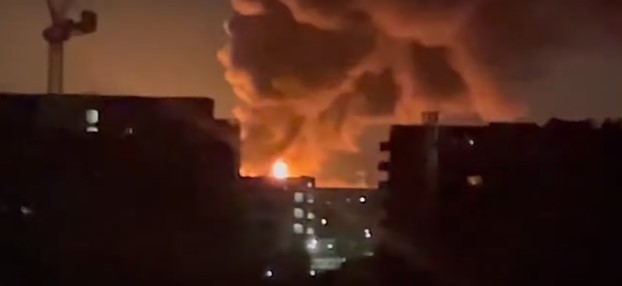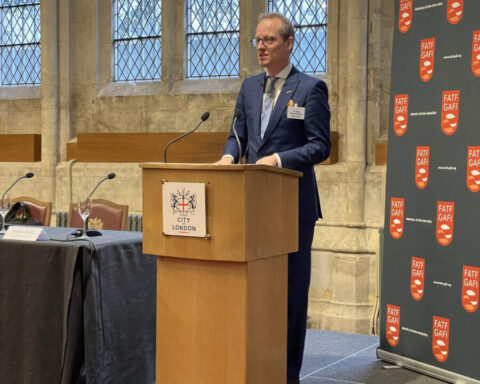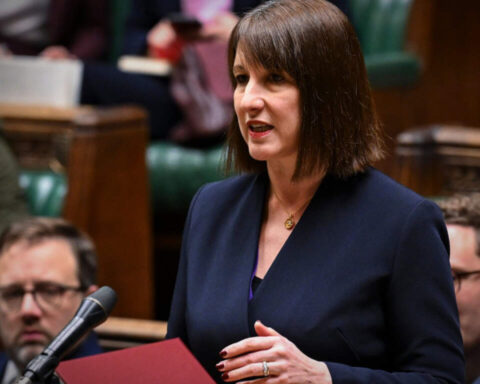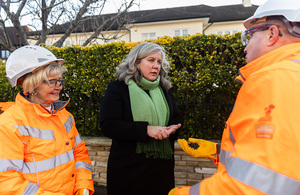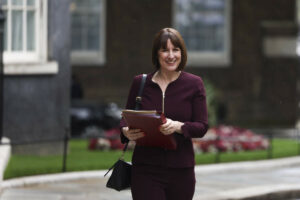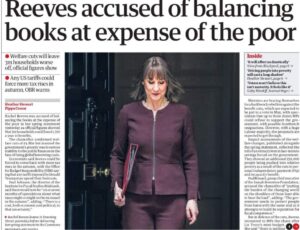PM says he was “deeply concerned” about the incident and that there were “questions that need to be answered” on how it occurred
National Grid’s chief executive has said Heathrow had “enough power” from other substations following Friday’s fire that caused the airport to shut down. John Pettigrew told the Financial Times the fire that knocked out a substation was a “unique event”, but that two other substations remained operational and capable of powering the airport in west London.
Heathrow’s chief executive had already said the shutdown it caused was not due to a lack of power, but was due to the time it took to switch from the damaged substation to the other two. Keir Starmer said that he was “deeply concerned” about the incident, and that there were “questions that need to be answered” on how it occurred.
Asked if he was embarrassed by the incident, the prime minister said, “I don’t want to see an airport as important as Heathrow going down in the way it did on Friday, so I’m not comfortable with that for one second.”
Transport Secretary Heidi Alexander was earlier asked whether she had full confidence in Heathrow’s management. She said it was a matter for the airport’s board. The airport halted operations for 18 hours on Friday, causing thousands of flights to be cancelled and leaving passengers stranded across the globe. The incident also disrupted the supply of millions of pounds of goods that go through the airport.
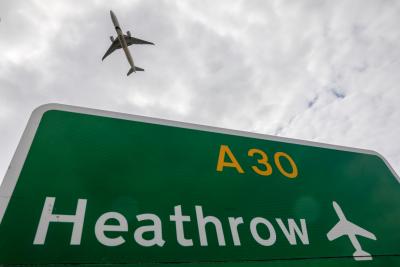
The fire started in a transformer within the electrical substation in Hayes, north of Heathrow, around midnight. The airport has emergency back-up power supplies, which use diesel generators and batteries, but these only keep crucial safety systems running, such as landing equipment and runway lights.
A separate biomass power generator also provides heat and electricity to Terminal Two. However, the National Grid is the main source of power for Heathrow.
Pettigrew told the Financial Times he couldn’t remember a transformer failing to such an extent in his 30-year career in the industry.
“Losing a substation is a unique event but there were two others available. That is a level of resilience.” He added: “There was no lack of capacity from the substations. Each substation individually can provide enough power to Heathrow.”
A Heathrow spokeswoman said that Pettigrew’s comments “confirms that this was an unprecedented incident and that it would not have been possible for Heathrow to operate uninterrupted.
“Hundreds of critical systems across the airport were required to be safely powered down and then safely and systematically rebooted,” she said. “Given Heathrow’s size and operational complexity, safely restarting operations after a disruption of this magnitude was a significant challenge.”
Heathrow managers decided to close the airport on safety grounds while they switched to the alternative National Grid supplies.
The airport’s chief executive, Thomas Woldbye, said the delay in reopening was due to the need to “reallocate” the power supply – “closing down and restarting systems which takes a long time”. He said there were a “number of systems we have to shut down and then bring them back up and ensure they are safe”.
“It’s fuelling systems, it’s bridges, it’s escalators, all of these systems have to be brought back up [and] tested to ensure they are safe.” He added that there were risks “of certain sizes we cannot guard ourselves against 100% and this is one of them”.
However the duration of the shutdown has infuriated airlines. Willie Walsh, the former British Airways boss and head of the airline organisation IATA said it was a “clear planning failure by the airport” and the systems and procedures for handling power failures are now under the spotlight.
Woldbye, who attracted criticism for claiming the airport had “come back quite fast”, said he was “happy” to answer to the prime minister. The Transport Secretary Heidi Alexander wears a Halfords orange high vis jacket and stares directly at the camera. Heidi Alexander has asked to take “a very close look” at Heathrow’s internal review
More than 63,000 homes also lost power in the outage caused by the fire, according to energy supplier Scottish and Southern Electricity Networks. About 150 people were evacuated from properties surrounding the substation.
Substations, operated by National Grid, are designed to produce, convert, and distribute electricity at suitable voltage levels. Heathrow uses three electricity substations, each with a back-up. However, the fire put both the substation and its back-up out of action. Heathrow’s emergency back-up generation functioned normally.
Starmer said: “I’m deeply concerned about what happened on Friday, I think anybody would be. Clearly there are questions that need to be answered in relation to what happened on Friday.”
The government has ordered a six-week investigation into the shutdown that resulted from the fire, led by the National Energy System Operator (Neso) – which the prime minister said would seek to answer the questions surrounding the incident.


